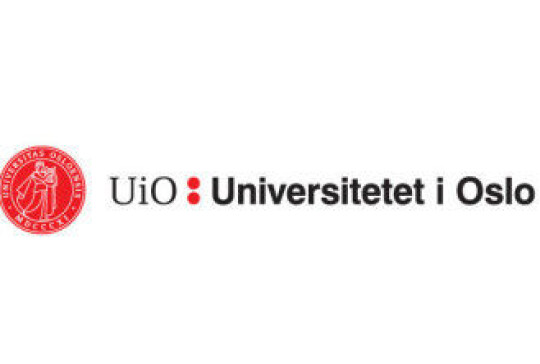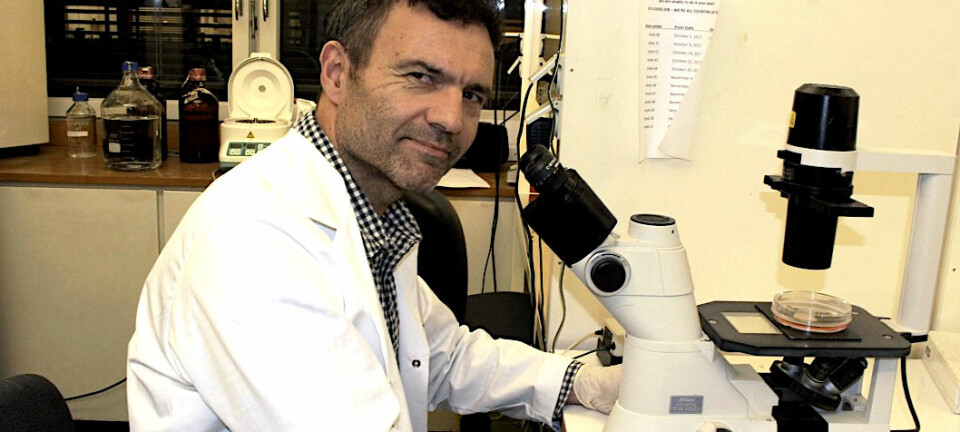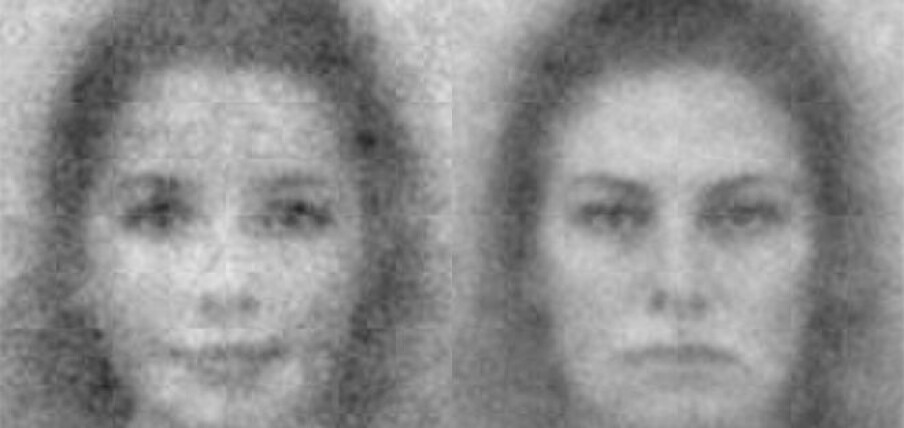This article is produced and financed by University of Oslo - read more
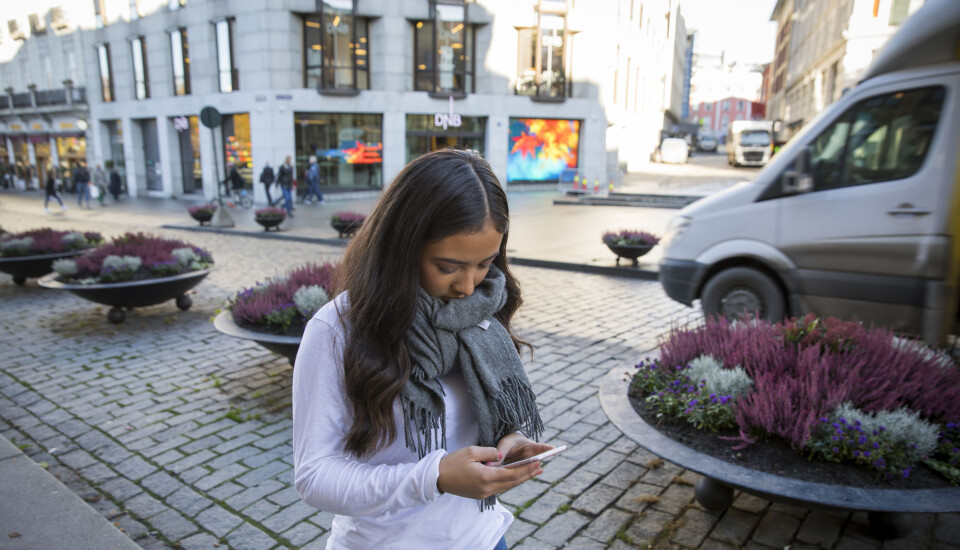
Data ownership is a recipe for better living in the city
Today, both public enterprises and private companies in the major cities collect large quantities of data about the citizens living in those cities. Most people derive little benefit from this. However, if the citizens own and control their own data, life in the city can be much better.
There are currently over one million inhabitants in the Oslo area and approximately 340,000 in the Stavanger region. The majority of them know very little about the personal data that public enterprises and private companies have collected about their lives.
The public transport companies in Oslo and Stavanger, Ruter and Kolumbus, know something about how you travel by bus, tram or train. The energy company Hafslund knows a lot about your energy use, while the energy company Fortum knows where you charge your electric vehicle. But individual citizens gain little benefit from all of the personal data they have divulged.
Researchers Geir Horn and Frank Eliassen at the Department of Informatics at the University of Oslo (UiO) envisage a future in which data from multiple sources are combined in a way that makes it possible to develop a host of new services. This again, they belive, will make the densely populated areas better places in which to live.
However, the prerequisite is that each individual owns his or her own data and can control who the data is shared with and the manner in which this is used.
Horn and Eliassen wish to develop this future within the framework of the major collaborative initiative CityZEN, which will continue to build on the results of a number of technological opportunities that are in the process of emerging. The two researchers head the activities at the University of Oslo, and collaborate with researchers at, among others, the University of Stavanger. Oslo and Stavanger are “test arenas” for the urban innovations the researchers wish to develop.
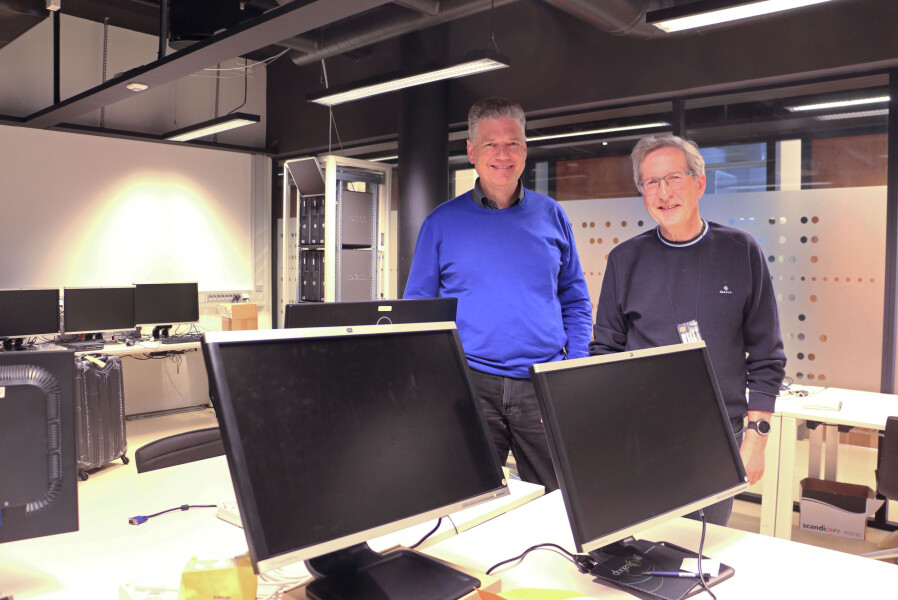
A digital revolution
“Most people already walk around with a computer in their pocket, so we already share data everywhere. In the coming years, we will also have the ‘Internet of Things’ and a 5G network that will make it possible to collect data from a lot more ‘things’ than today,” says Geir Horn.
“In addition, there is continuous digitization of both the administration and the companies. If we also add the new blockchain technology and cloud technologies, as well as the advancements that have been made within artificial intelligence (AI) and machine learning, we are, in short, facing a digital revolution that will change the way in which we live,” he adds.
Geir Horn and Frank Eliassen are focused on the new opportunities being used in the best interests of the majority of people - initially in the major cities, where there are the most people and the greatest opportunities for developing new services. Both public enterprises and private companies presently collect a large amount of data about the city’s citizens, but this is principally for their own use.
In the future, much more data will be collected than at present. How will we face that development?
“We are convinced that this data can provide much more benefit if it is combined across enterprises and sectors. But we then also risk exposing data about individuals in unfortunate ways. For example, your electricity use does not necessarily reveal whether or not you are home, because you could be sitting at home in the dark. However, if people with dishonest intentions can monitor both your electricity and water use, it is easy to determine when you are not home and therefore the best time in which to break in,” Frank Eliassen says.
You will own your own data
The technological development therefore increases the possibility of personal data being lost and misused, but the CityZEN researchers want to solve this problem by giving individuals full control over how their own data is used. The basic idea behind the research is that it is the citizens themselves, not Hafslund or the water utility or public transport company, who will own the personal data.
"Our project is based on a hypothesis that safe and secure data sharing creates many new opportunities, not only for businesses and public enterprises, but also for individual citizens. The principal idea is to use the data available in the city of the future in a way that is in the best interest of both the city and its citizens,” Eliassen summarises.
“If we are to realise the opportunities we have envisaged, citizens and consumers must trust that their personal data is being used in their best interest. We must not allow more scandals like Cambridge Analytica, which collected data from several million Facebook profiles and then used these for targeted political advertisements without obtaining consent,” Geir Horn adds.
One of the objectives of the project is to develop a technological solution in which all of your personal data is stored in an encrypted manner and only you have the master key.
“If you wish to share data with an operator that has something to offer you, we envisage a type of ‘personal data assistant’ that handles this on your behalf. This assistant will make it easy for you to ‘trade’ with your data in a digital market where your data can also have commercial value,” Eliassen says.

Public transport and energy use
The partners behind CityZEN have singled out four areas in which they want to contribute to the development of new services: Public services, new energy solutions, health and wellness, and urban transport.
Among other things, Frank Eliassen and Geir Horn have seen that public transport in the major cities can become much more user-friendly.
Imagine that you live in the suburbs, and rather than work in the city centre of Oslo, you work in one of the Oslo districts. Should you then take the train to Oslo S or to Nationaltheatret, the two central stations, before you switch to the metro? Or perhaps there is a bus which is likely to have a seat available and will get you there faster and more comfortably, even though you are travelling in the middle of rush hour?
“It is currently a pretty big job to conduct real time analyses to answer these types of questions and the timetables of public transport companies are rather static. Among other things, the public transport of the future will be more about ‘bus on demand’, where the bus does not have a fixed timetable, but collects you when you need it to and transports you to where you need to go. There is already a pilot project for this underway in Nordre Aker in Oslo,” Geir Horn says.
“Bus on demand requires that the public transport companies have a large amount of information about where the travellers live, where they travel to, when they travel etc. This can also change from day to day. If, for example, there is a football match by the national team at Ullevaal Stadium on Thursday, it is obvious that more buses should be put into service that can transport the football supporters to and from the stadium,” Eliassen adds.
"It is also possible to look at public transport and energy use together. For example, if Ruter or Kolumbus notice that you are on the way home from work, Ruter can notify the electricity company Hafslund to turn up the heating in your living room. I am not saying that it is precisely these types of innovations that we will develop, but this at least illustrates what data sharing can achieve,” Eliassen says.
Efficient health services
The City of Stavanger, which is one of the partners in the project, has estimated that approximately 30 per cent of the city's budget goes towards health and welfare purposes – and the demographic trends indicate that expenditure will be even greater in the years to come. There is thus a major need to improve the efficiency of the health service, a process that can, among other things, take place by sharing sensitive personal data.
“The specific situation determines what data you wish to share. If, for example, you are in an ambulance on the way to hospital, you will most probably want the hospital to have access to your medical record. However, if you only have a stomach ache while holidaying down south, it is sufficient that the doctor has information about what medicines you already use,” Geir Horn says.
“Or imagine that you are the guardian of an elderly relative who is developing dementia, but who still lives home alone. It could then be practical if his coffee machine transferred information to you about when it is turned on or off, or his smart telephone shares GPS coordinates with you. You can then be certain that he has gotten out of bed and everything is fine - and that he is not about to get lost in the woods.”
“These types of services can make everyday life safer for your relative and give you yourself less cause for concern. However, all of this is still sensitive personal data that no unauthorised parties must obtain access to,” Eliassen says.
Norway has an advantage

The two researchers emphasise that Norway already has a high degree of digitalisation – which creates major opportunities.
"We buy our tickets on mobile phones, use electronic payment services, have apps that give us discounts from grocery stores etc. All of this enables us to take a leading role internationally and the solutions we develop can give Norwegian companies a competitive edge in the international market. It is therefore nice to know that we already have the World Bank and several large international companies involved as partners,” Horn says.
However, it is not only foreign companies that have seen the light. Public stakeholders in Norway such as Brønnøysund Register Centre and several municipalities are also involved.
“We know, for example, that the City of Oslo possesses a heap of data about the city’s citizens, but it is difficult to share this data with other stakeholders without violating privacy and other regulations. It is also difficult to share data between agencies in the same municipality, because data coding and data models may vary. However, if we develop technical solutions for sharing and integrating data across agencies, while at the same time safeguarding privacy, this will create new opportunities for developing better municipal services,” Eliassen predicts.
The City of Oslo has described a type of vision of the future in the animated short film “Historien om Tim” (The Story of Tim) which describes how the city’s services follow its citizens virtually from cradle to grave. The short film shows several clever solutions for situations in life that are currently complicated, such as selecting a hospital in which to give birth and applying for a place in a kindergarden, a medical card or a place in a nursing home. In the video, these are elegantly and smoothly resolved using a mobile phone rather than being complicated, irritating and in paper form.
At a slightly more basic level, the City of Stavanger is in the process of installing sensors in manhole covers to monitor water levels, flood risk and the need for maintenance. The next step may be to install sensors in the rubbish bins to enable these to automatically report when they start to fill up. The waste disposal agencies in the major population centres can then optimise waste collection instead of operating according to fixed routes and checking rubbish bins that may only be half full.
Solution to the “charging wars”
The researchers will also look at how data sharing can solve problems relating to the charging of electric vehicles. Sales of electric vehicles have now increased to such an extent that half of those who purchased a new car in 2018 chose electric. This means that the competition for charging places has also become more intense. However, the transition to an electric vehicle fleet will also create other types of problems which can be best resolved with data sharing.
“In a housing cooperative that has many electric vehicle owners, not everyone can recharge their cars at the same time or the fuses would blow. I also do not need to charge my car immediately if I don’t have to use it again until the next morning. But, if Frank has to leave tonight, he has to have a fully charged car in the space of a few hours. If the charging points are to be managed according to such individual needs, the energy companies must have access to information about your car, how much power you have left, how many others are searching for charging points in the same area, and a lot more other information,” Horn says.
“You can also imagine that people charging electric vehicles and other electricity users can work together as a team. The housing cooperative Røverkollen in Oslo is part of the EU project GreenCharge and, among other things, is in the process of testing the coordination between electric vehicle chargers and the heating of the housing cooperative’s boiler. For example, it is possible to turn off the heating for a brief period if there are suddenly a large number of people who want to charge their cars at the same time,” Eliassen adds.
Services for citizens
The objective of the CityZEN project is thus to create a better life in the cities, something that is also signified by the name of the project.
“We used the English word citizen and changed the I to a Y to signify that this is about life in the cities. We also wrote ZEN in capital letters to highlight the association with the Asian Zen philosophy. This is precisely about the art of living and about how one can create a better life with less stress when the technology works together with the citizens,” Eliassen says.
Geir Horn and Frank Eliassen emphasise that CityZEN is not about technologists sitting in their “chambers” and developing solutions that will then be supplied to the population. The emphasis has instead been on future users, i.eP. most people, being active during the entire development cycle.
The project therefore has a separate social science section that is headed by Professor Monika Büscher at Lancaster University. She is also a member of the reference group for the project Smart Mobility Suburbs at UiO’s Faculty of Social Sciences.
“Monika Büscher was also involved in a project in which we looked at technology for ‘blue light’ companies. Among other things, she is focussed on new technical solutions providing support to those who will use these instead of causing hassle and annoyance. We do not need more of the latter solutions,” Geir Horn says.
Research-driven innovation
Frank Eliassen is deputy director and Geir Horn is work package leader for CityZEN at UiO. They are already in the process of researching many of the solutions CityZen requires in other ongoing projects. In September 2019, the initiators also sent an application to the Research Council of Norway to become a Centre for Research-based Innovation (SFI).
“We will continue to build on the large and EU-financed Triangulum project, where Stavanger worked together with Manchester and Eindhoven to develop technology for ‘Smart Cities’. Oslo has now entered as Norway’s largest city, with the challenges that come with a larger scale,” Eliassen says.







